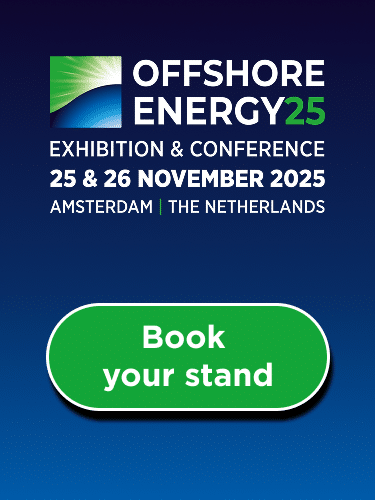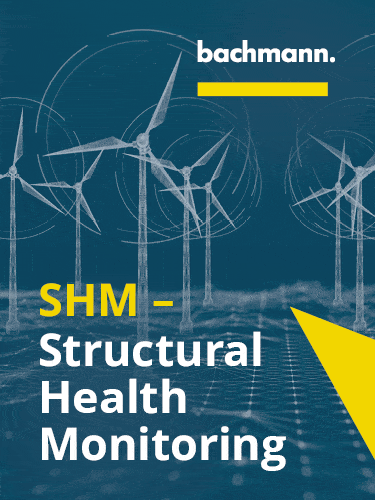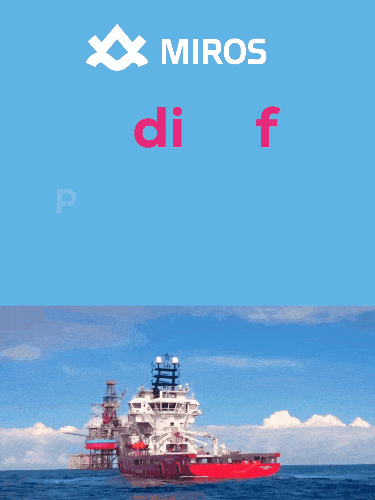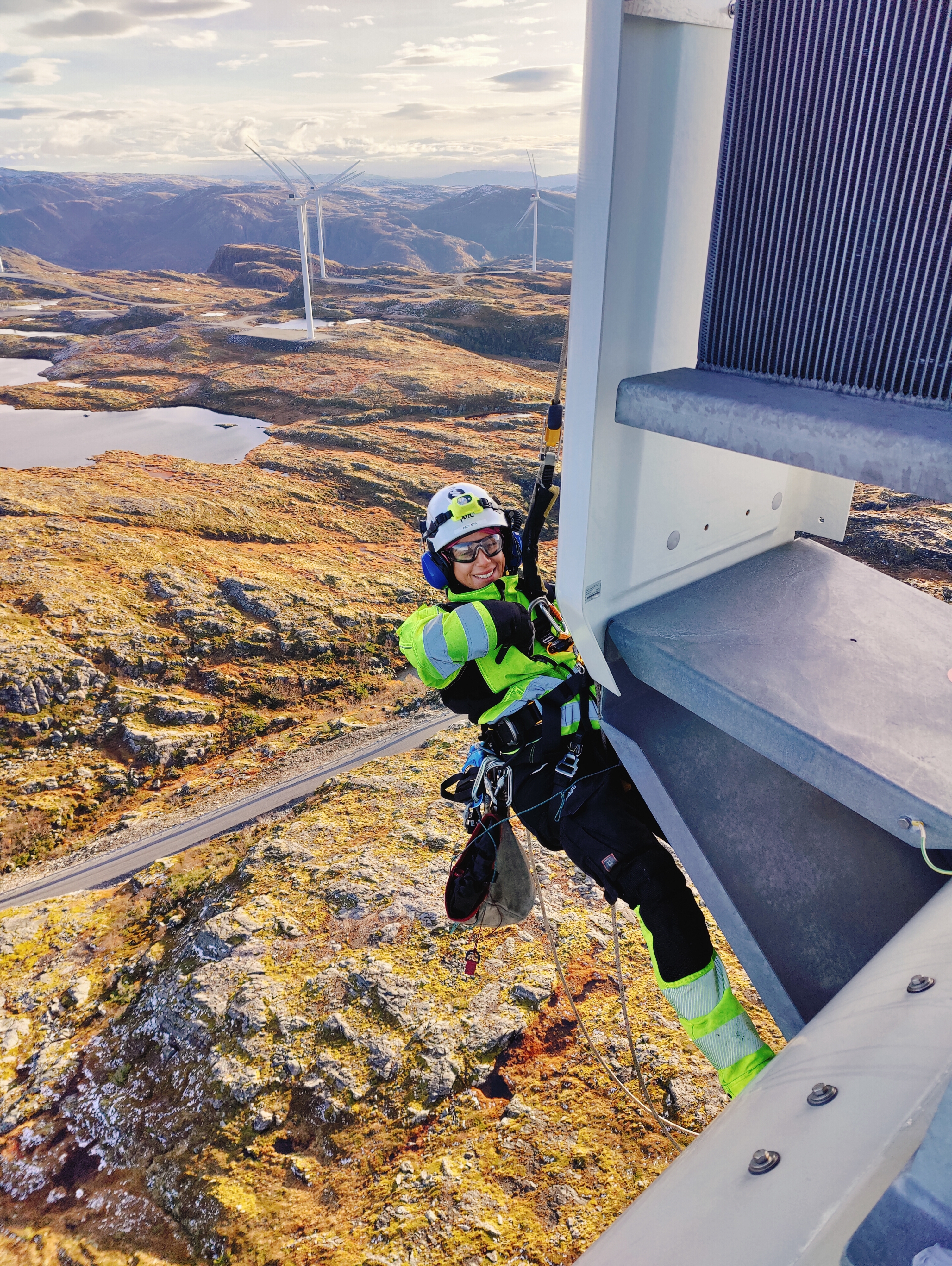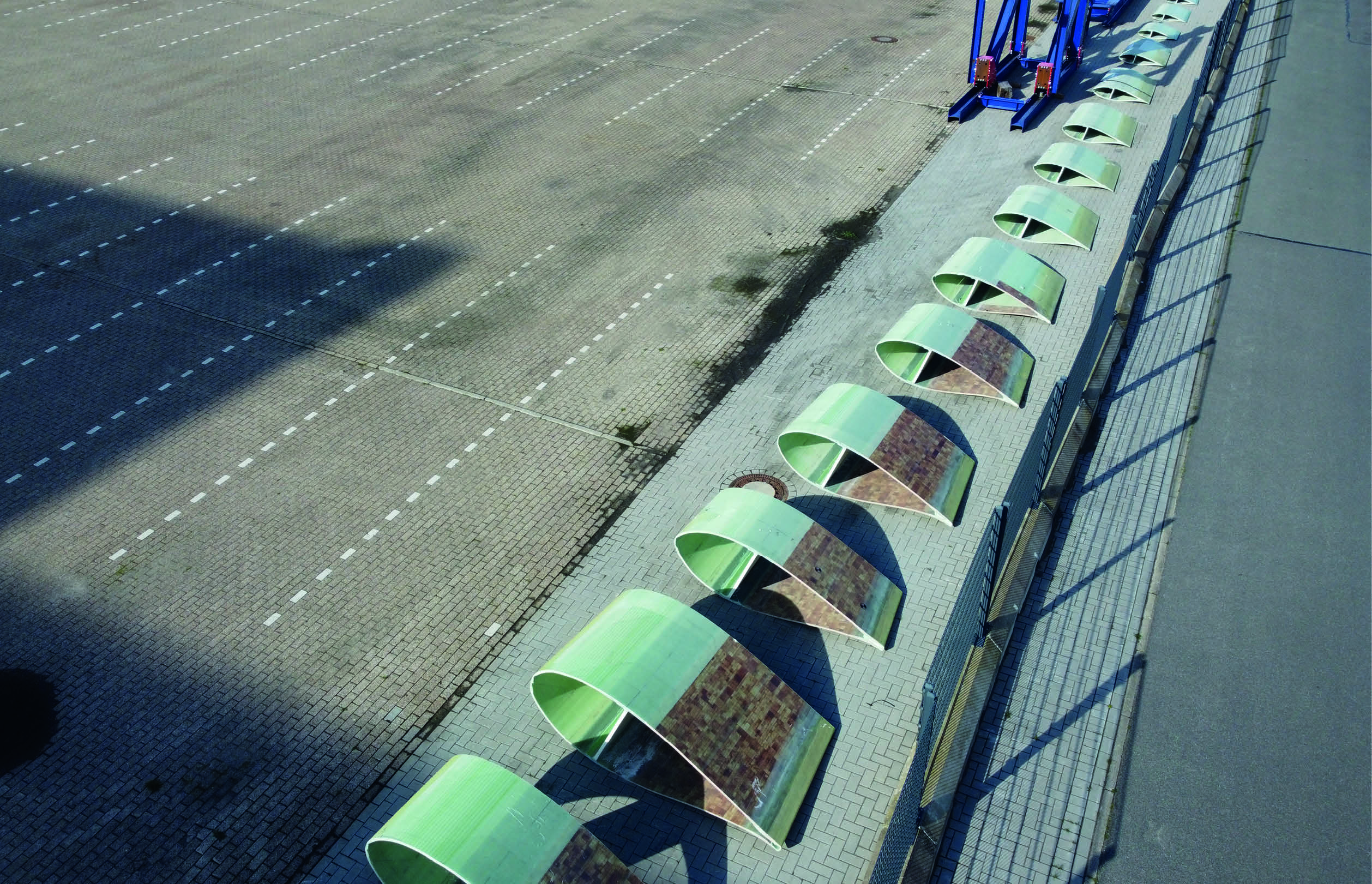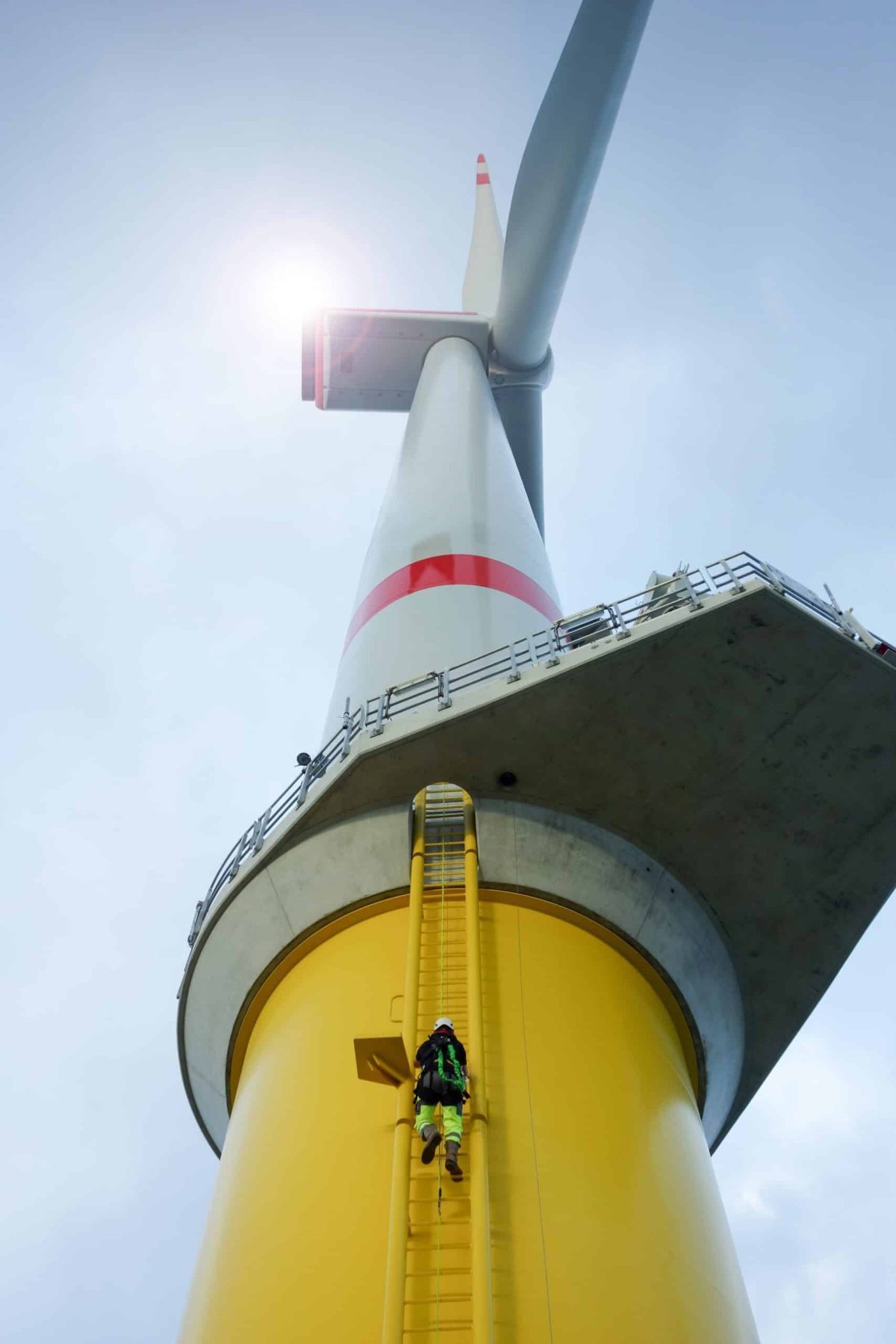Exclusive Articles
Ensuring wintertime profits with blade heating
Published in: Wind, Talking Point, Exclusive Articles
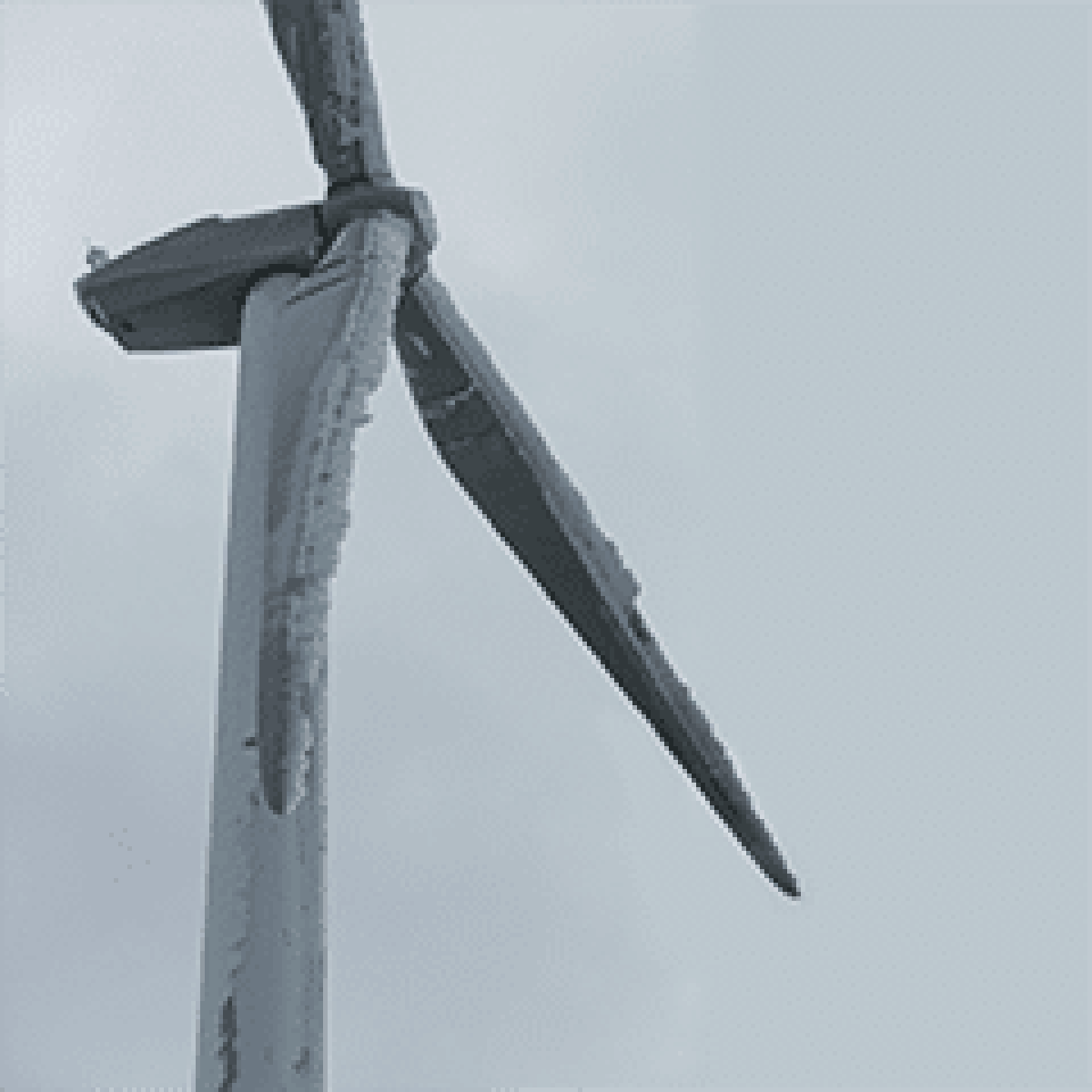
The anti-icing blade heating technology is the enabler for windfarm power production in extreme icy conditions in Quebec, Canada. The efficient use of heat keeps the turbines operating up in the mountains, in the most demanding, freezing conditions, such as Lac Alfred wind farm.
It consists of 150 wind turbines, with total capacity of 300MW and is located up in the mountains of Gaspe peninsula, Quebec. The wind farm is heavily influenced by the proximity of the Atlantic Ocean. It has vast wind resources, but the combination of moisture rising out of the sea that stays open the whole wintertime, high altitudes and the cold weather means the environment is prone to icing conditions.
The winter is long and usually starts in October and ends in April. The turbines tend to stop easily if any ice is detected by their sensors. Many of the turbines here suffer heavy icing, which leads to long periods of complete standstill. This leads to losses of about 15% of the annual energy production, AEP. It was obvious that something needed to be done in order to save the investment.
'Until the summer of 2016 we had only used our blade heating technology on new turbines,' explains Tomas Wallenius, CTO and co-founder of Wicetec. He continues: 'many installation steps can be carried out more easily at the blade factory, when installing such technology on new turbines during the manufacturing process. Now we have had to accept the constraints for retrofitting the installation on existing turbines. However,
we have not compromised the blade heaters performance, quality, or the safety of
the system.'
To read the full content, please download the PDF below.
Download full article


.gif)


